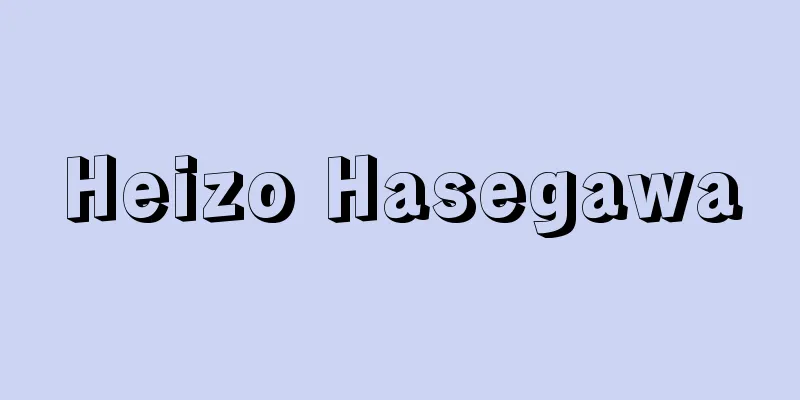distinctive feature

|
… /t/ voiceless, alveolar, stop /d/ voiced, alveolar, stop /p/ voiceless, labial, stop /s/ voiceless, alveolar, fricative We can see that what distinguishes the phonemes /t/ and /d/ is the phonetic feature of <voiceless> and <voiced>. Phonetic features that make phonological opposition possible in this way are called distinctive features. From the opposition between /t/ and /p/, we can extract the distinctive features of <alveolar> and <labial>, and from the opposition between /t/ and /s/, we can extract the distinctive features of <occlusion> and <fricative>. … From JacobsonEven after he retired from both universities in 1967 at the age of 71, he continued to be active as a visiting professor at universities in Japan and abroad and as a member of academies and academies, and his influence has reached the whole world. As the theoretical leader of the Prague School of Linguistics together with NS Trubetzköy since the late 1920s, Jakobson pioneered the forefront of structural linguistics, especially in the field of phonology, and made groundbreaking achievements. In addition to his role in establishing the basic concepts and methods of the Prague School of Phonology, his most important contributions are his application to diachronic phonology and his proof of the existence of finite acoustic and tonal "distinctive features" that underlie the distinction and opposition of phonemes and their application to general linguistics. Many distinctive features, such as vowels versus non-vowels, are relative and binary oppositions that are common and universal across languages, but there are only a dozen or so distinct features across all languages. His work is a major achievement in showing the possibility of explaining the differences between individual phonological systems in a unified way by the types of distinctive features and their combinations. *Some of the terminology explanations that mention "distinctive feature" are listed below. Source | Heibonsha World Encyclopedia 2nd Edition | Information |
|
… /t/ 無声・歯茎・閉鎖音 /d/ 有声・歯茎・閉鎖音 /p/ 無声・両唇・閉鎖音 /s/ 無声・歯茎・摩擦音 音素/t/と/d/を区別しているのは〈無声〉と〈有声〉という音声特徴であることがわかる。このように音韻的対立を可能ならしめる音声特徴を弁別的素性もしくは示差的特徴distinctive featureという。/t/と/p/の対立から〈歯茎〉と〈両唇〉,/t/と/s/の対立から〈閉鎖〉と〈摩擦〉という弁別的素性を取り出すことができる。… 【ヤコブソン】より…67年71歳で両大学を定年退職した後も,内外の諸大学の客員教授や学士院・アカデミーの会員として活躍し,その影響は全世界に及んでいる。 ヤコブソンは1920年代後半からN.S.トルベツコイとともにプラハ言語学派の理論的指導者として構造言語学の最前線を開拓し,とくに音韻論の分野で画期的な業績を示したが,プラハ音韻論学派の基本的諸概念と手法の確立に果たした役割のほかに,通時音韻論への応用展開と,音素の区別・対立の根底にある有限の音響・調覚的な〈弁別特徴(弁別的特徴)distinctive features〉の存在の証明とその一般言語学への適用は,とくに彼自身に帰せられる重要な貢献である。弁別特徴は,たとえば母音性対非母音性のように相対的かつ二項的な対立で諸言語に共通・普遍的なものが多いが,全言語を通じてその数は十数種類にすぎず,個々の音韻体系の異同を弁別特徴の種類とその組合せの違いによって統一的に説明する可能性を示した功績は大きい。… ※「distinctive feature」について言及している用語解説の一部を掲載しています。 出典|株式会社平凡社世界大百科事典 第2版について | 情報 |
<<: Distolasterias nippon (English spelling)
Recommend
Baucher, F.
…Equestrianism was also cultivated at the Spanish...
Li Mi - Rimitu
One of the heroes of the late Sui dynasty. He fir...
Vertebrates - Vertebrates
In animal classification, a group of animals that...
Alabama [State] - Alabama
Ala., AL, is an agricultural and industrial state ...
Awaai
A dyestuff that was a specialty of the Awa Tokush...
Temporary Doctor - Karihakase
...This angle represents the upward or downward m...
Mechanical valve
A type of artificial valve used in valve replaceme...
Four-eyed fish - Yotsumeuo (English spelling)
A brackish-water fish belonging to the order Cypr...
Paionios - Paionios (English spelling)
Date of birth and death unknown. Ancient Greek sc...
Heat-resistant fibre
A fiber that does not deteriorate much even at hig...
Storm window - Storm window
…Before the performance of Okina, an altar is set...
Tragopan caboti (English spelling)
…[Ryozo Kakizawa]. … *Some of the terminology tha...
Scorodite (English spelling)
Also called scorodite. A type of hydrous iron arse...
Mokugenji - Mokugenji
A deciduous tall tree of the Sapindaceae family (...
Mandrill - Mandrill (English spelling)
A member of the Primates order, Cercopithecidae f...



![Ohara [town] - Ohara](/upload/images/67cb17c0018e1.webp)





